Generally, a succulent refers to a plant with chubby, fleshy greenery. The word on its own evokes a particular image, so if you think it’s a succulent, it probably is. The thick leaves are often plump because they’re designed to retain moisture for these drought-tolerant plants.
Most succulents are fairly low maintenance and produce flowers at some point in their life cycle. They’re a popular indoor plant type because they don’t need a lot of watering and adapt well to cramped environments. Low light, however, will limit blooming and if space is too tight, certain plants may suffer.
Give your succulent babies plenty of light, and you’ll be rewarded with plants that otherwise don’t need much attention thanks to their ability to store moisture in their leaves.
Related Post: How To Make A Succulent Terrarium
Whether you’re interested in adding a few succulents to your houseplant collection or you’re looking for a few drought-tolerant plants for your outdoor rock garden, there’s a succulent to match your needs. Read on to discover 20 types of succulents to consider for your garden.
1. Aloe Vera
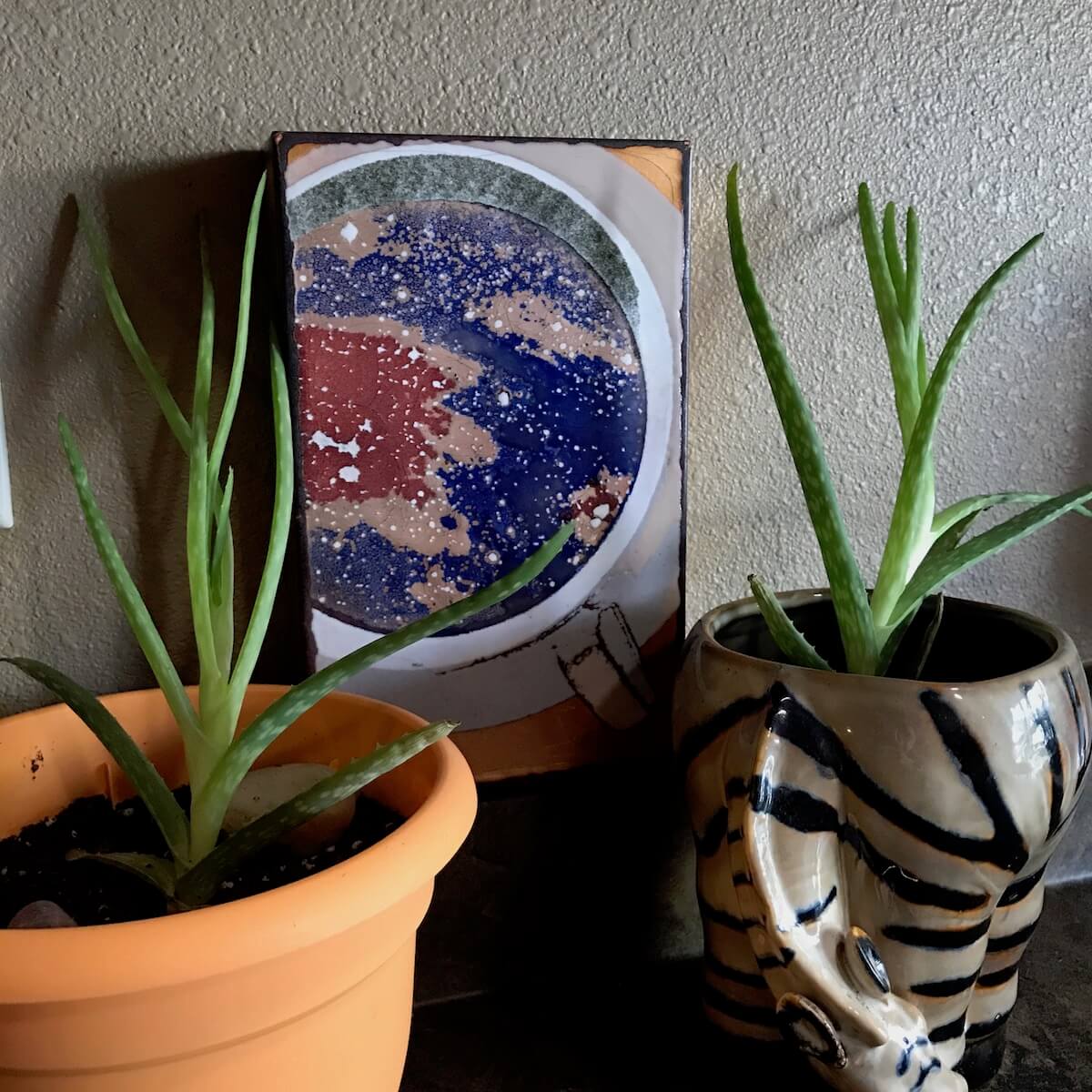
- Genus: Aloe
- Zone: 8 to 11
The aloe lotion you slather on after a sunburn is derived from this succulent. Avoid overwatering aloe at all costs and keep it in a spot that receives plenty of indirect sunlight.
2. Echeveria Silver Spoons
- Genus: Echeveria
- Zone: 8 to 10
A distinct looking succulent with long, spoon-shaped leaves, this plant (also known as Topsy Turvy) has a greyish, green hue and requires at least six hours of light exposure. Prefers warm temperatures and hates over watering.
3. Aeonium Kiwi
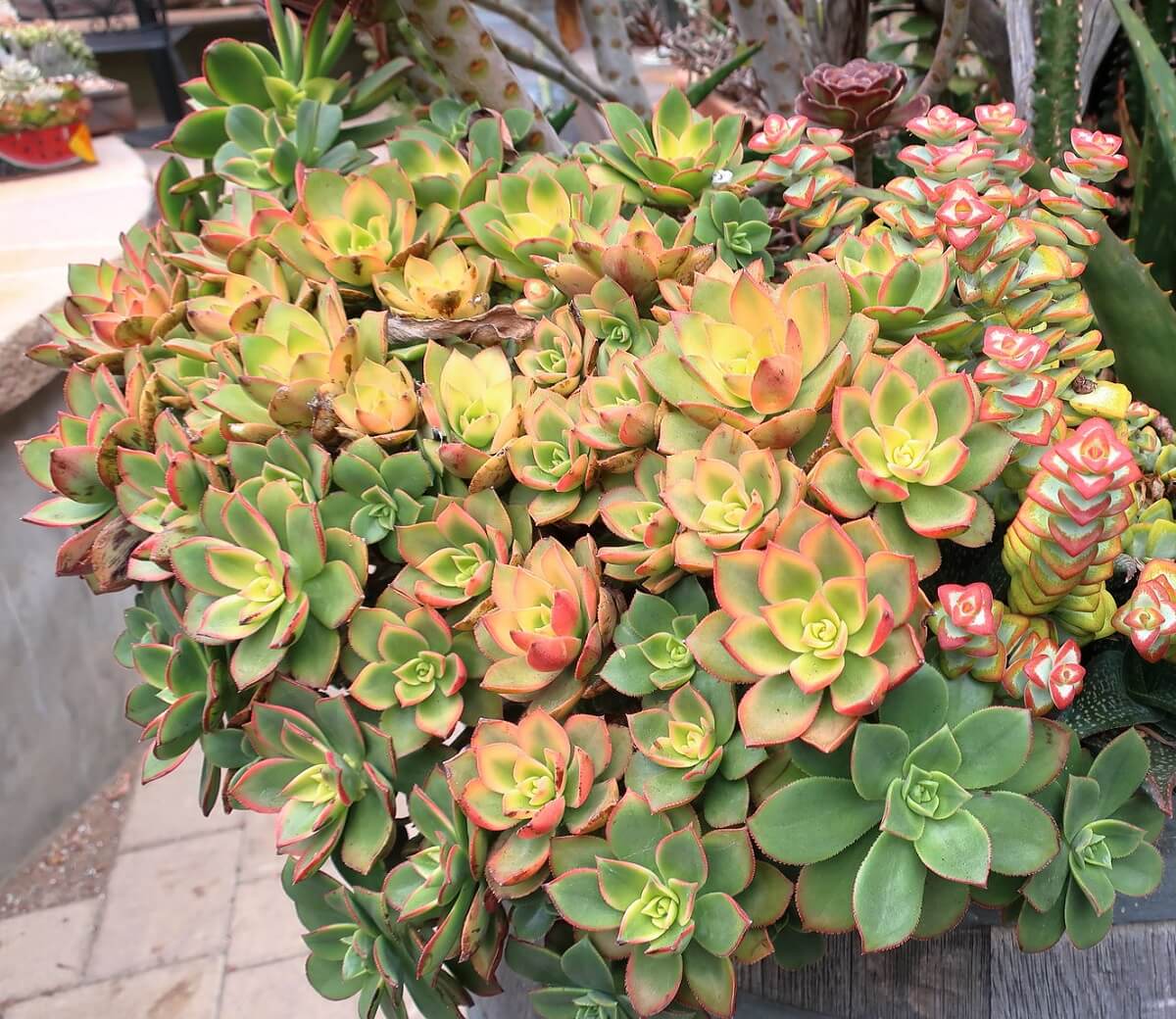
- Genus: Aeonium
- Zone: 9 to 11
This type of succulent is made up of thick rosettes tinged with a reddish color at its edges. Avoid putting in an overly warm spot (e.g. near a heater). Water only if the soil has dried out sufficiently. Spotting flowers? That means it’s the end of the road for this succulent.
4. Donkey’s Tail
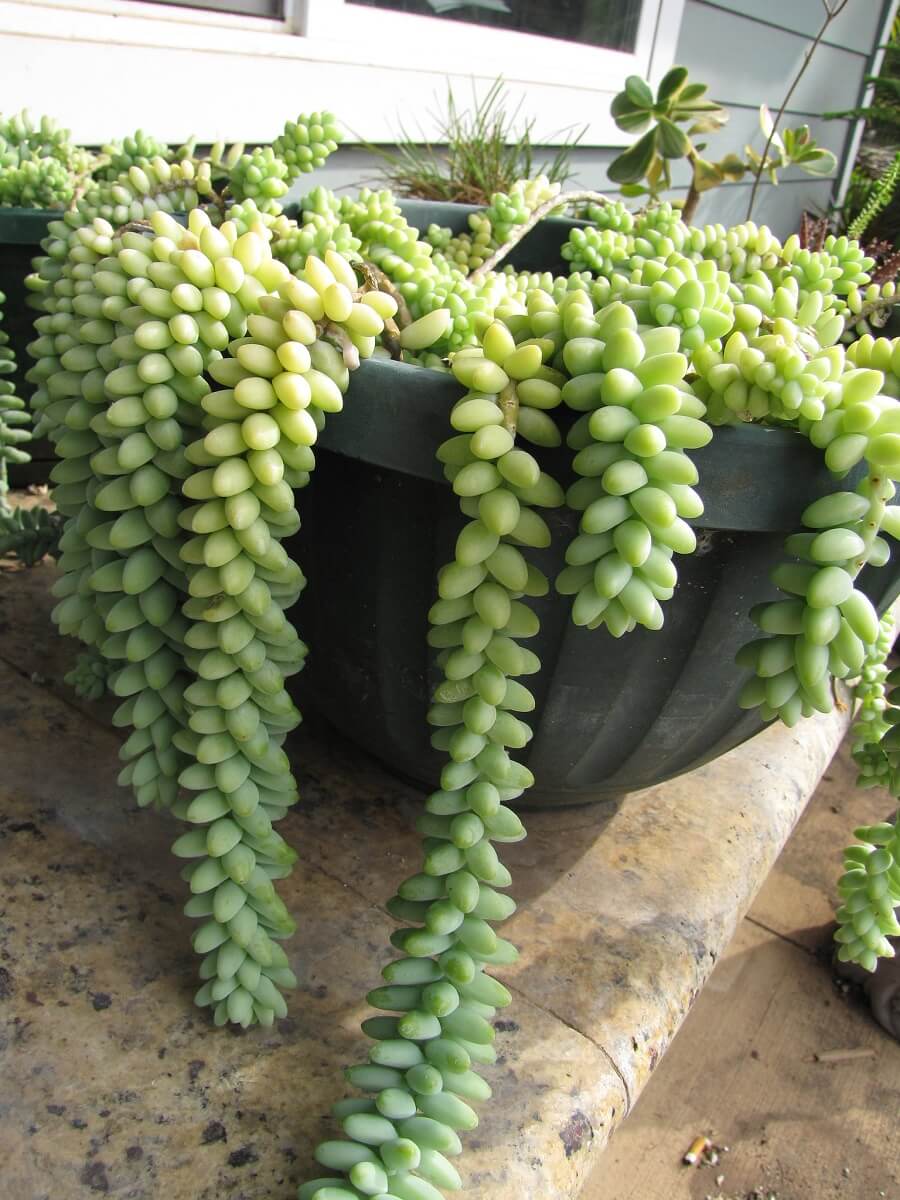
- Genus: Sedum
- Zone: 9 to 11
A pretty trailing succulent with miniature circular-shaped leaves, Donkey’s Tail (Sedum morganianum) prefers bright light and requires infrequent watering. Often, it’s not necessary to water for weeks, and in the winter, a break in watering is recommended. A perfect plant for a hanging container.
5. String Of Pearls
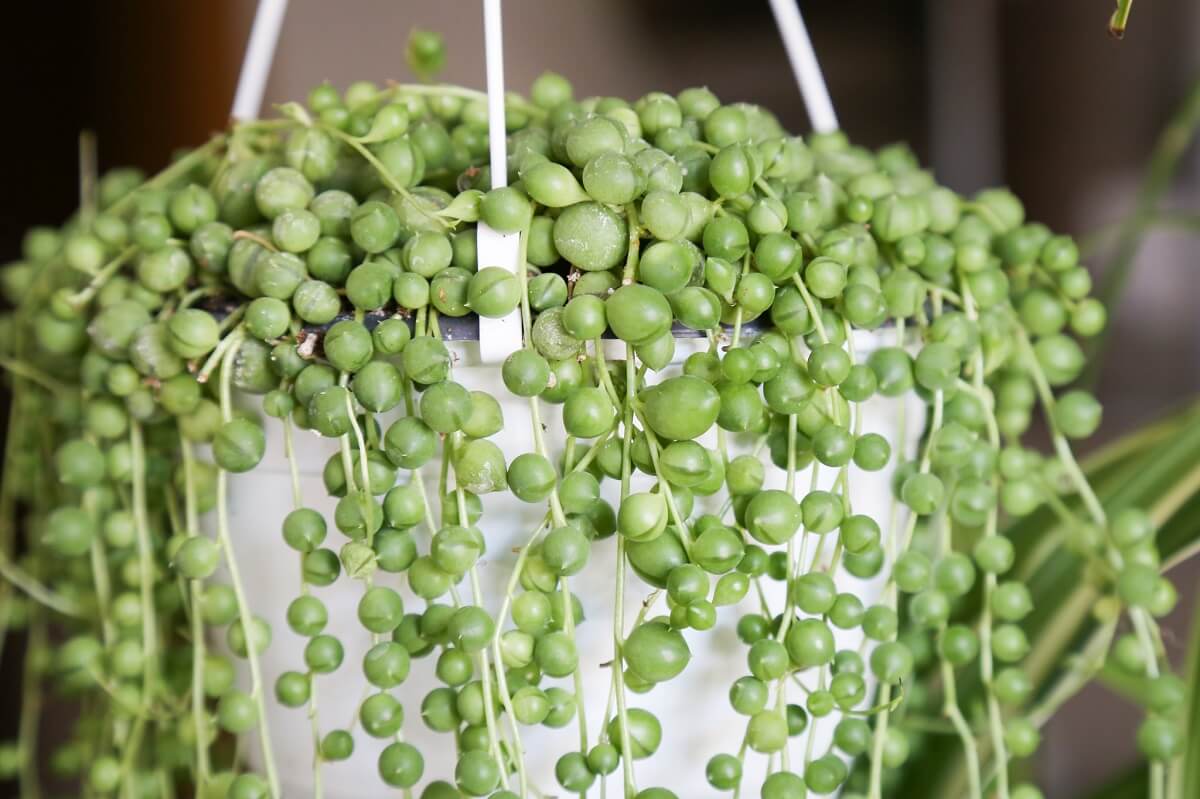
- Genus: Senecio
- Zone: 9 to 12
6. Sempervivum Royanum
If you’re seeking a low-maintenance plant for a hanging pot, look no further. Perfect for a spot that only receives indirect sunlight, the string of pearls succulent requires only occasional watering. Watch out, this plant is toxic, so make sure it’s well out of reach of pets and kids.
- Genus: Sempervivum
- Zone: Any
Also known as the houseleek, this variety of hens and chicks produces rosettes up to 5 inches in diameter. This succulent has red-tipped leaves and likes warm temperatures. Plant in well-drained soil and only water when the soil has completely dried out. Sempervivum royanum requires at least six hours of sun per day. In general, Sempervivum succulents are very cold hardy and perfect for outdoor gardens in cold regions.
7. Bear’s Paw
- Genus: Cotyledon
- Zone: 9 to 10
The fleshy round ‘clawed’ leaves are what gives this plant its name. Reaching a maximum height of 20 inches, Bear’s Paw (Cotyledon tomentosa) needs plenty of sunlight to produce its orange-red flowers. Water only when the soil has completely dried out and keep away from pets and kids.
8. Kingcup Cactus
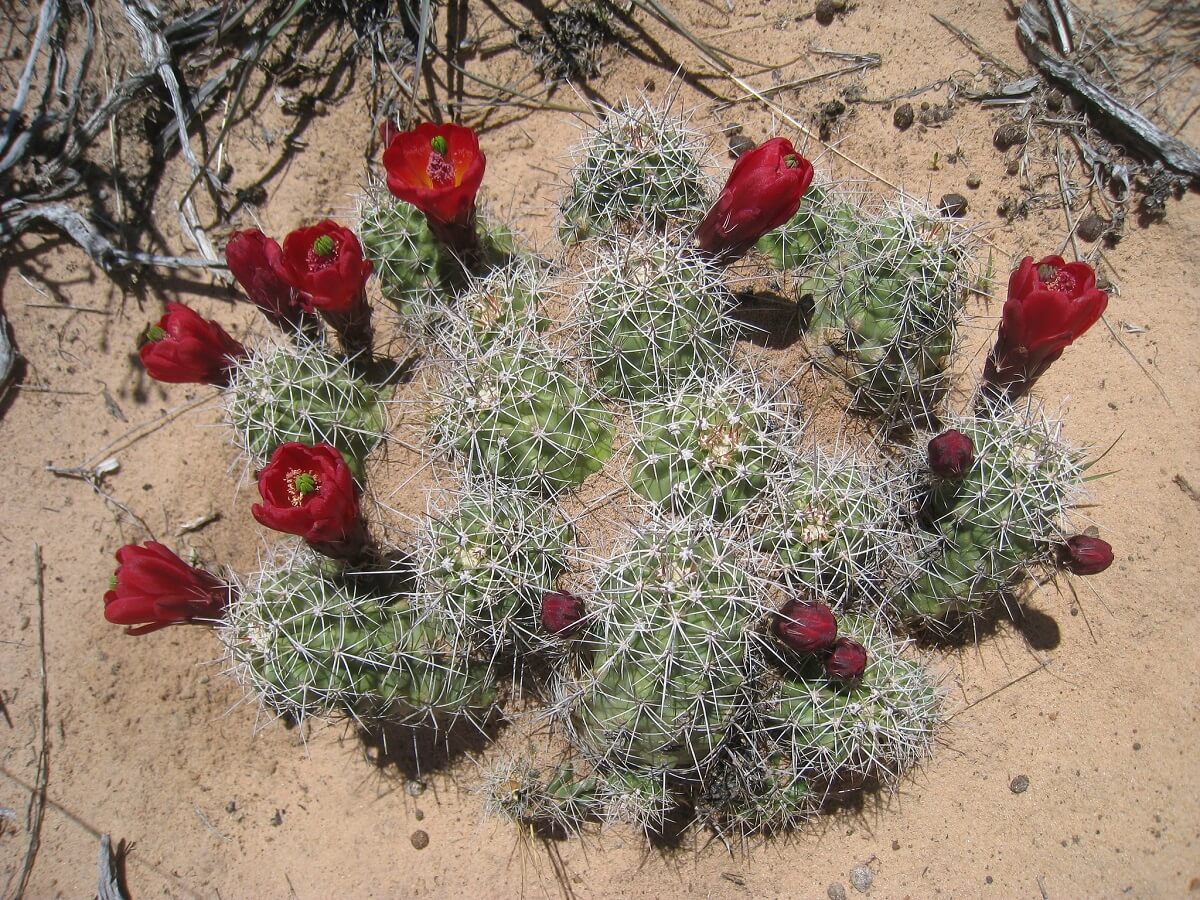
- Genus: Echinocereus
- Zone: 5 to 9
Did you know that cacti are a type of succulent? This cactus is one that grows in the shape of a mound and grows up to 24 inches in height. It likes full sun and needs to be watered regularly during the hot season. It’s also a very hardy cactus, so it can be grown outdoors even in colder regions.
9. Aeonium Arboreum
- Genus: Aeonium
- Zone: 10 to 13
Aeonium arboreum has little tree-like red leaves and can grow up to 3 feet high. This succulent is native to North Africa and needs lots of light and warmth to thrive. Water it occasionally and plant in pots that drain well.
10. Jade Plant
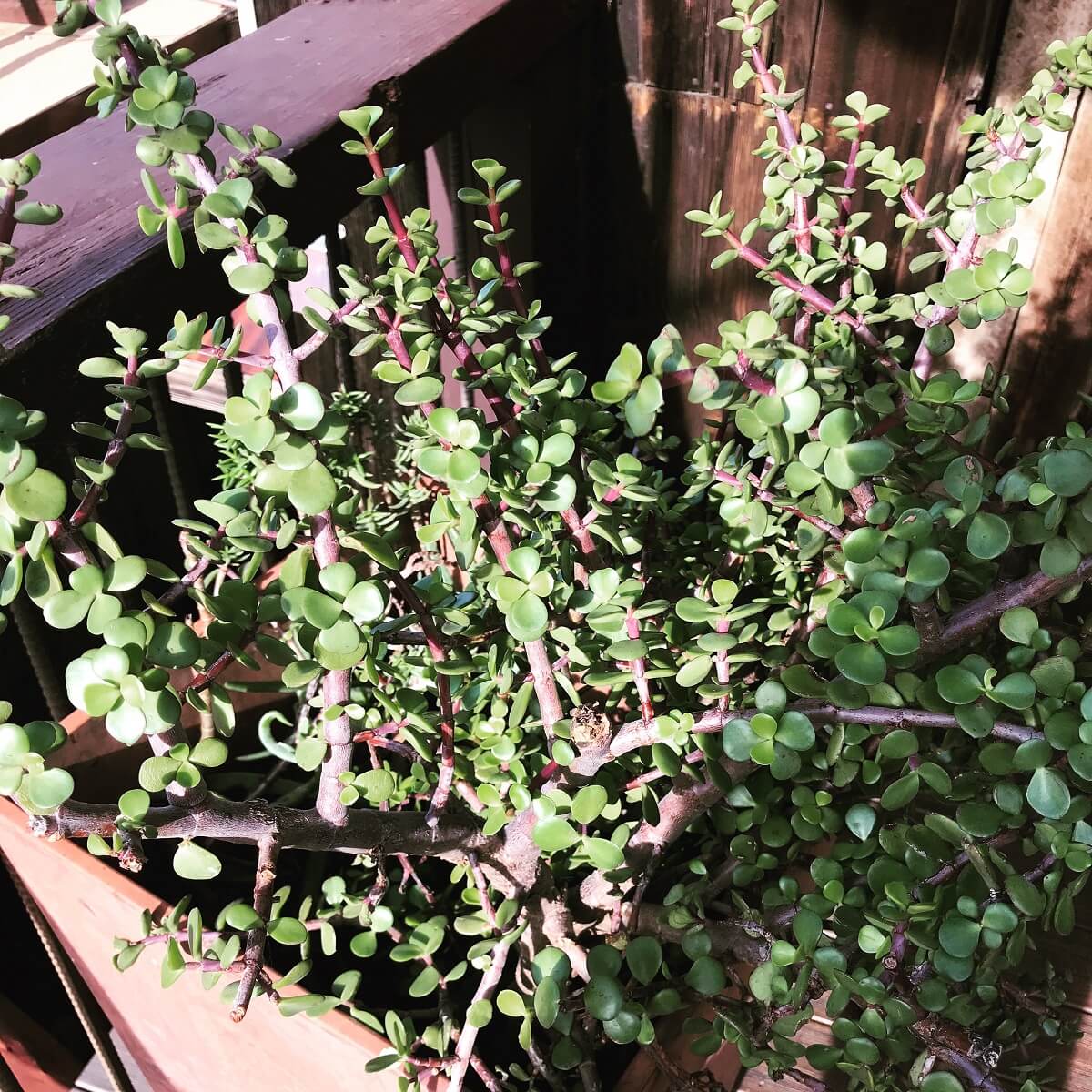
- Genus: Crassula
- Zone: 10 to 11
The squishy round leaves of this plant are easy to spot and make it a beautiful houseplant. Jade plants grow up to 30 inches tall and produce white flowers when in bloom. They need less light than other succulents, but won’t do well in a room that’s too shady. Water plants from the bottom to prevent disease and pests.
11. Haworthia Aloe
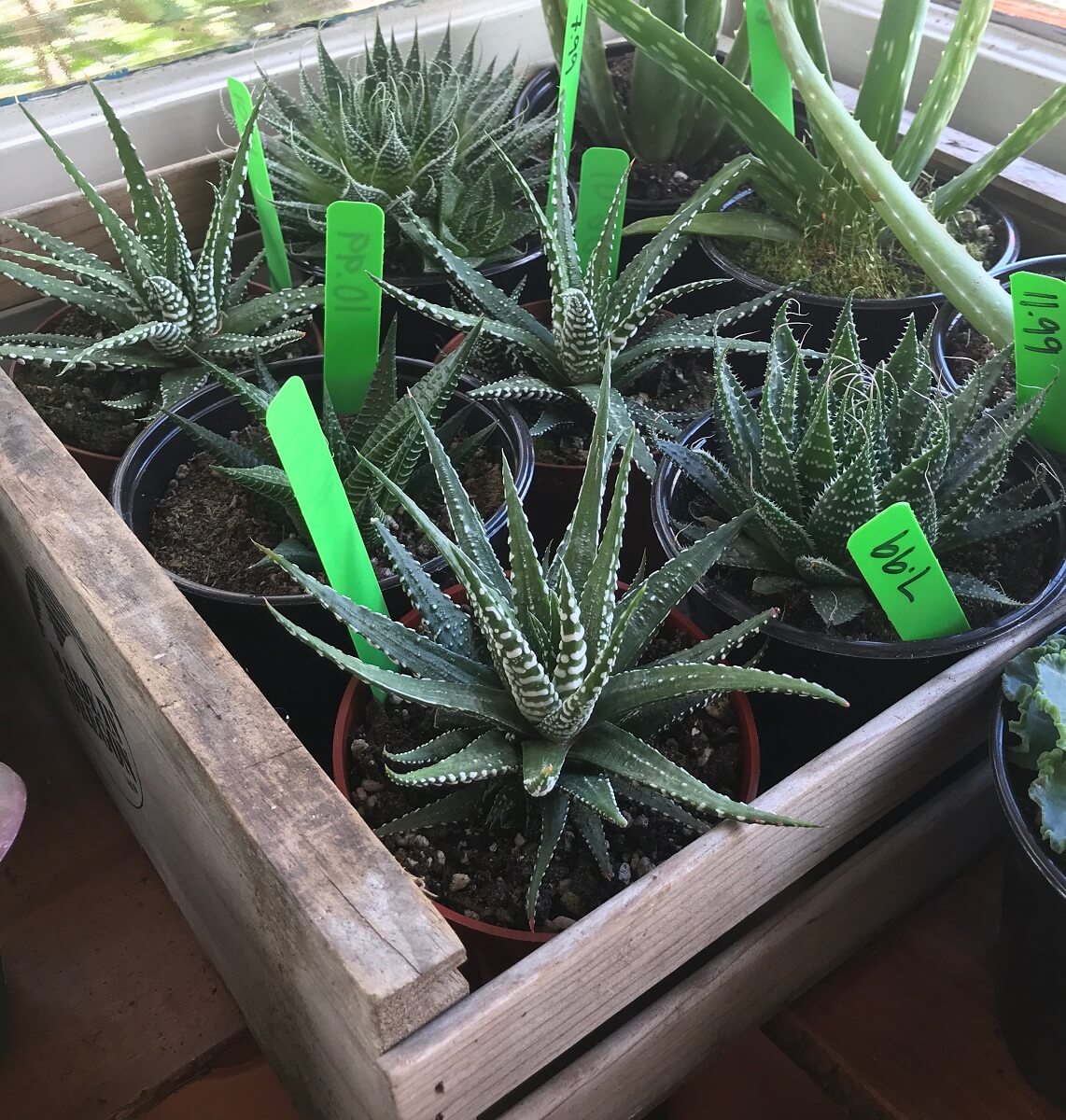
- Genus: Aloe
- Zone: 9 to 13
An attractive spiky plant that produces pretty orange flowers. Needs bright light to thrive and prefers a warm environment.
Related Post: How To Grow Healthy Aloe Vera
Water thoroughly when needed, but let the soil dry out accordingly between watering.
12. Echeveria Elegans
- Genus: Echeveria
- Zone: 9 to 11
This succulent is also known as the Mexican Snowball. The rosettes grow close together and low to the ground. These plants prefer full sunlight and thrive in very warm conditions. Water infrequently to prevent root rot.
13. Crassula Capitella
- Genus: Crassula
- Zone: 9 to 11
This star-shaped succulent is also known as campfire plant thanks to its reddish hued leaves. The color deepens when exposed to sunlight, and this variant grows to a maximum of 6 inches in height. This succulent tolerates shade and should be watered infrequently to prevent root rot. When in bloom, it may attract pollinators.
14. Graptoveria Silver Star
- Genus: Graptoveria
- Zone: 10 to 11
A rosette-shaped succulent with leaves that bear wispy red-tinged ends. The color of the tips darkens in the sun, and the blooms are pink and white. Tolerates partial sunlight exposure and fares well in relatively cold temperatures. As you may expect, don’t over water this succulent.
15. Aeonium Sunburst
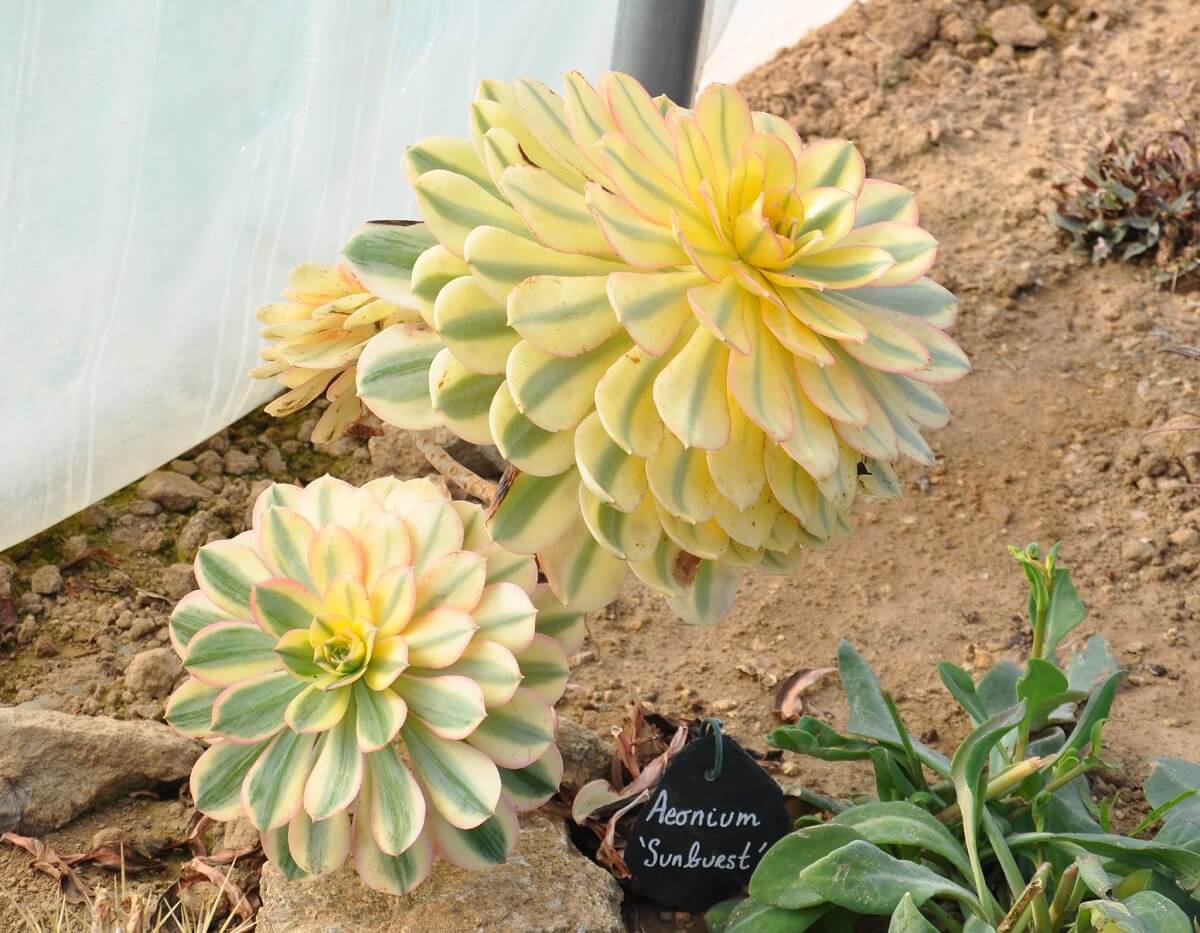
- Genus: Aeonium
- Zone: 10
Instead of growing close to the ground like other rosette-type succulents, sunburst branches out via knotty stems. At first, the edges of the rosettes appear pink, but they darken when exposed to sunlight. Prefers cooler weather and steer clear of over watering.
16. Christmas Cactus
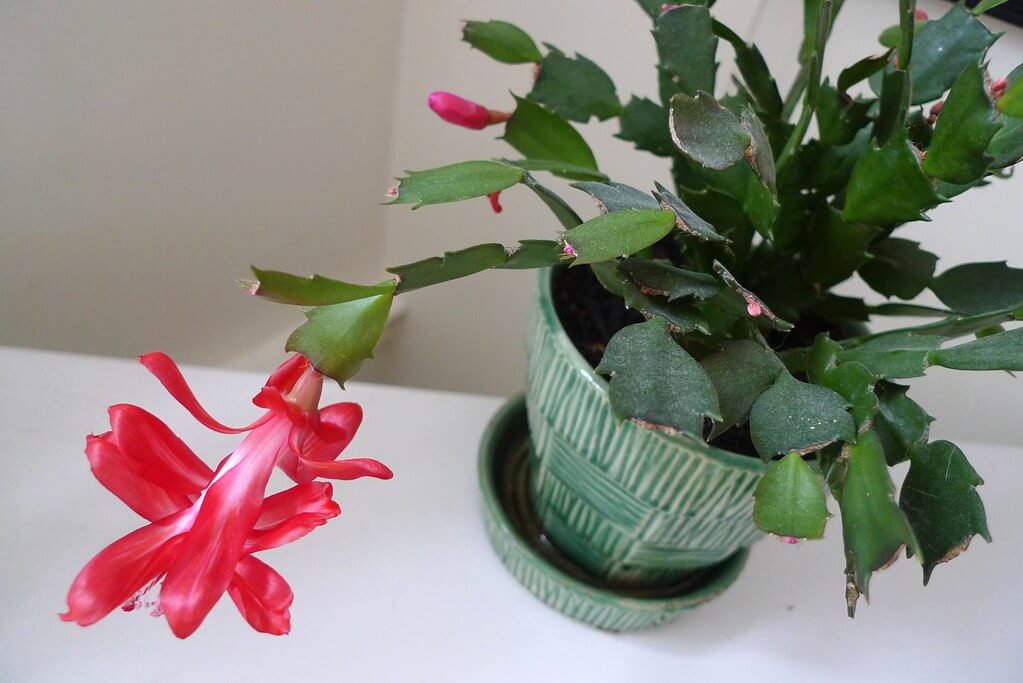
- Genus: Schlumbergera
- Zone: 11
Christmas cactus is a popular potted plant that’s often sold in December because it tends to bloom around Christmas. With flat-shaped foliage and sharp edges, Christmas Cactus is available in a variety of different colored flowers. Requires light, but indirect sunlight will do. Mine has lived in my bathroom for a while since it loves the humidity.
17. Doran Black
- Genus: Aloe
- Zone: 10 to 11
The whitish green hue of this aloe variety is what sets it apart from others. Doran Black tolerates a bit of shade but prefers plenty of light.
Related Post: 8 Beautiful, Drought-Tolerant Plants For Dry Landscapes
It can handle exposure to cooler temperatures, as well. Plant this succulent in well-drained soil to prevent root rot.
18. Zebra Plant
- Genus: Haworthia
- Zone: 10
One of the most attractive succulent plants thanks to its contrasting dark green and white coloring and stripe pattern, this pointy, compact plants look great in pale-colored pots. Pick a spot where this succulent will receive tons of sun and keep it away from drafts. Water the zebra plant (Haworthia fasciata) occasionally. Unlike other succulents, it’s not necessary to wait until the soil is totally dry. Just make sure your container drains appropriately.
19. Tom Thumb
- Genus: Crassula
- Zone: 9 to 11
Tom Thumb is the cutest little succulent you ever did see! The miniature rosettes only get up to 6 inches tall and produce delicate white blooms. Provide the plant with at least six hours of light and water only when the soil is dry.
20. Echeveria Imbricata
- Genus: Echeveria
- Zone: 9
The Echeveria imbricata is one of the most picture-perfect succulents, in my humble opinion. The rosettes look like a tiny work of art. This common variety produces rosettes that get up to 8 inches in diameter. Like most other succulents, it prefers well-draining soil and infrequent watering. Full sun is preferred, too.


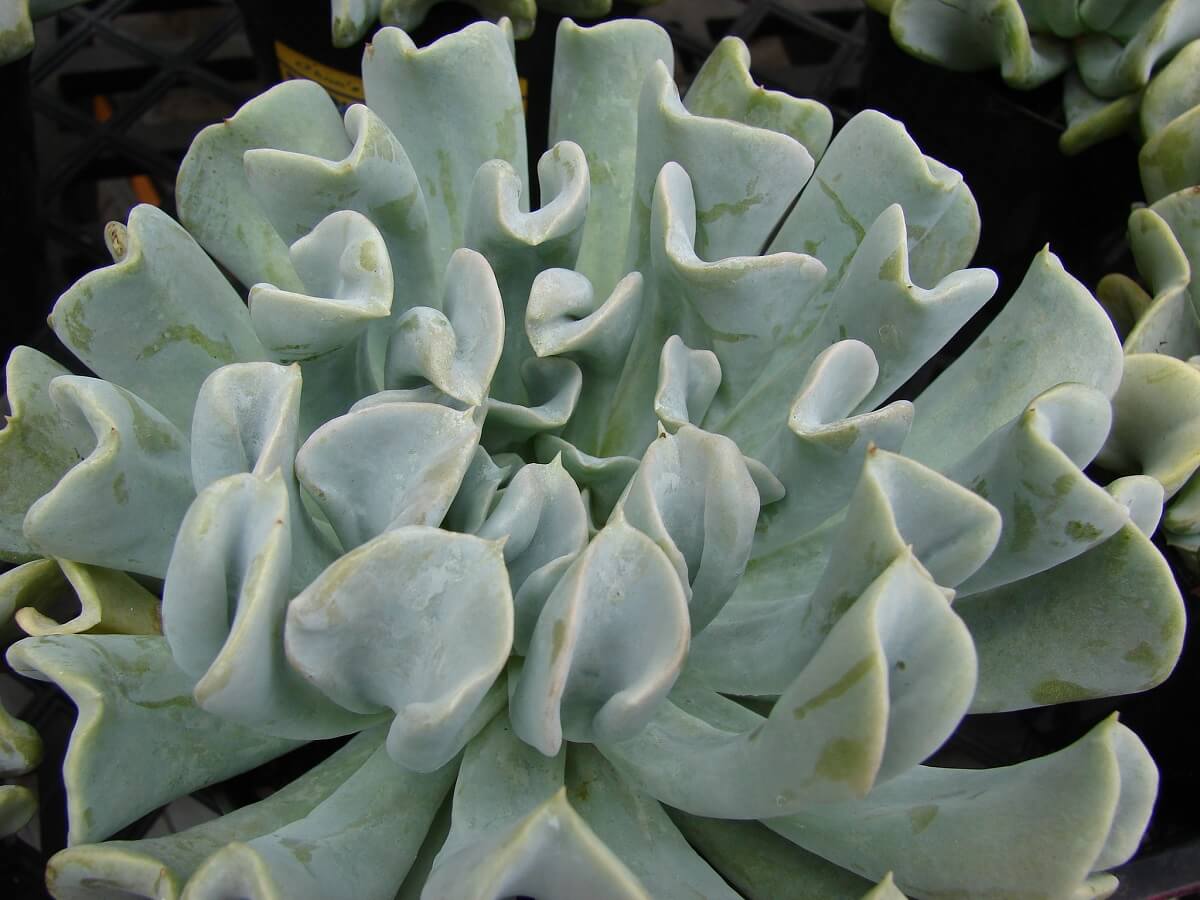
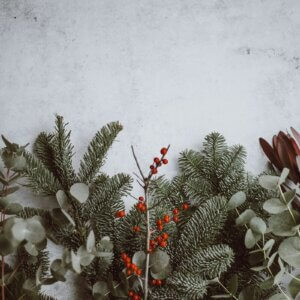
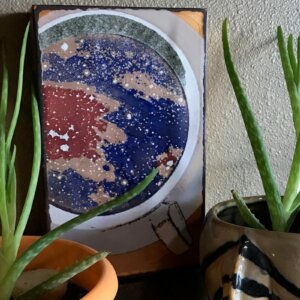
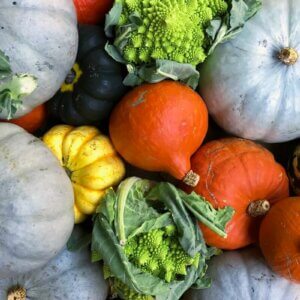



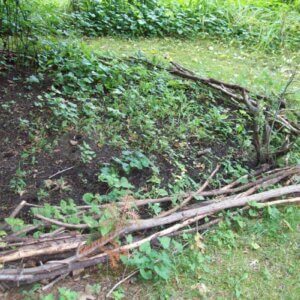

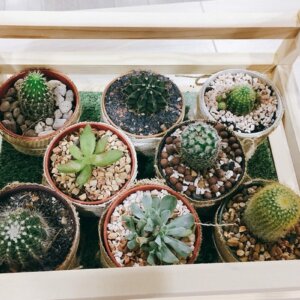




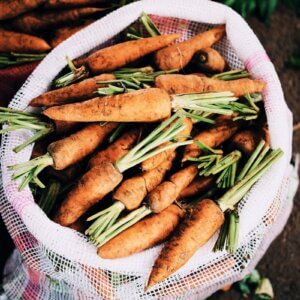




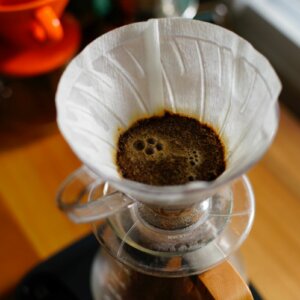

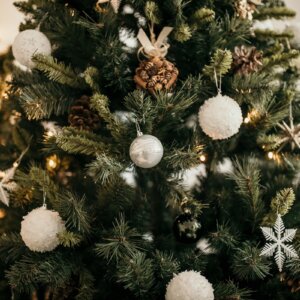
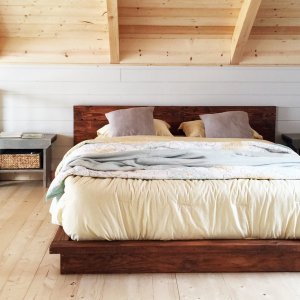
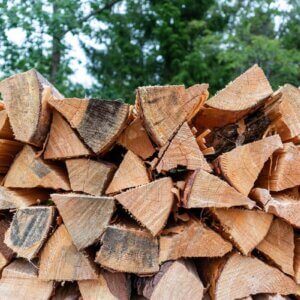
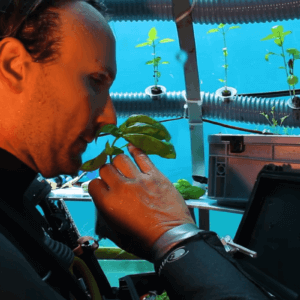
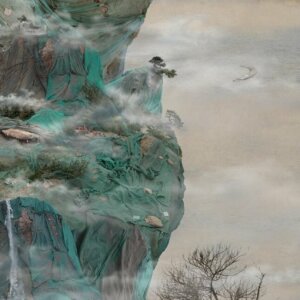



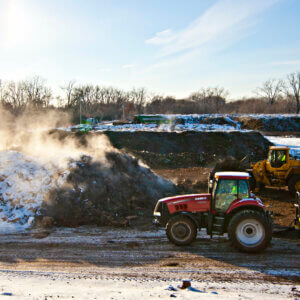
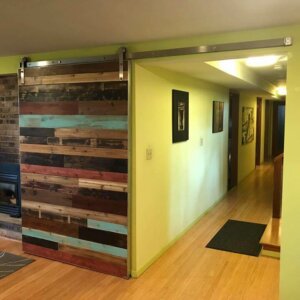
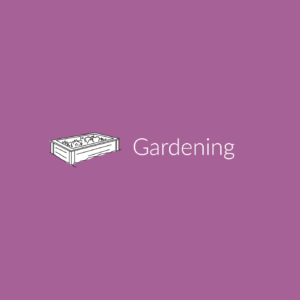

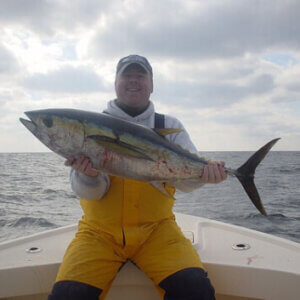
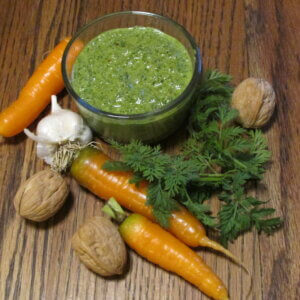




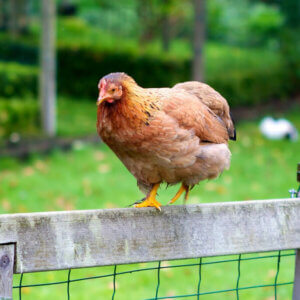

Leave a Reply